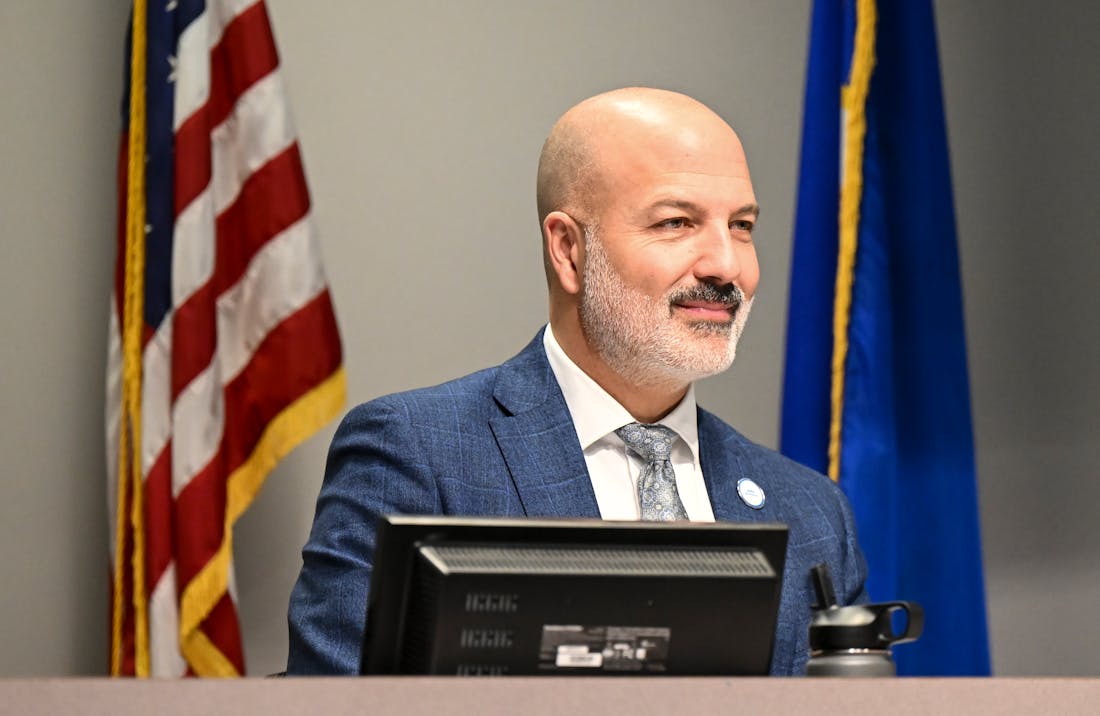St. Paul Public Schools is joining a growing list of districts adding Eid al-Fitr and the Jewish high holy days of Rosh Hashanah and Yom Kippur as holidays on the school calendar.
The changes will come in the 2023-24 and 2024-25 school years, and reflect a desire to be more inclusive with holiday observances, Superintendent Joe Gothard said.
The school board approved the proposal Tuesday night.
Students will not have class on any of the dates; Rosh Hashanah and Yom Kippur will be designated as professional development days for staff.
Eid al-Fitr is the celebration marking the end of Ramadan, and it has been added to school district calendars in Minneapolis, Hopkins, Moorhead and Mankato, as well as charter schools serving large numbers of Muslim students.
"We appreciate this move toward religious inclusion in St. Paul schools," said Ethan Roberts, deputy executive director of the Jewish Community Relations Council of Minnesota and the Dakotas. "Removing the difficult choice between academic and religious participation says to Jewish and Muslim families and educators that they are seen and valued members of the community."
Jaylani Hussein, executive director of CAIR-Minnesota, said a move ensuring students and staff could observe Eid al-Fitr across the state's second-largest district was the "right approach" to recognizing holidays of diverse student populations.
St. Paul set out to engage more people when crafting the calendar proposal and ultimately consulted with four bargaining groups and seven parent advisory councils — the latter of which objected to plans to include any digital learning days.
That would end a short-lived move to excuse students and staff from in-person classes on Election Day, said Craig Anderson, who heads the district's office of teaching and learning and who oversaw the calendar work.
The calendar proposal calls for the school year to end June 11 and was one of three options presented to families and staff in surveys in October. It keeps in place a two-week winter break and one-week spring break.
The other two options — one with a shorter winter break and the other with no spring break — would have ended the school year earlier.
More than half of survey respondents favored the plan ultimately backed by the board.
Also Tuesday, the school board agreed to reduce the district's property tax levy by 0.9 % in 2023. The recommendation served as somewhat of a bright spot in an otherwise punishing tax season. Last week, the St. Paul City Council approved nearly a 15 % increase in the city's levy for next year.
Still, the school board fielded questions and concerns from a small group of taxpayers during its truth in taxation hearing last week.
Peter Hendricks, a parent who served on a now-defunct district budget committee, noted that the district's long-term debt jumped by $24.3 million and that its per-pupil costs rose from $19,514 to $21,212, or 8.7 %.
More significantly, he said, he believed the district failed to follow state law in posting financial documents that make such apples-to-apples spending comparisons possible. The information is supposed to be filed with the state by Nov. 30, but it was not made public until last week's property tax hearing — raising issues of transparency, he said.
"St. Paul has not complied with (the statute), and that's very disappointing," he told board members then. "The board needs to figure something out."






